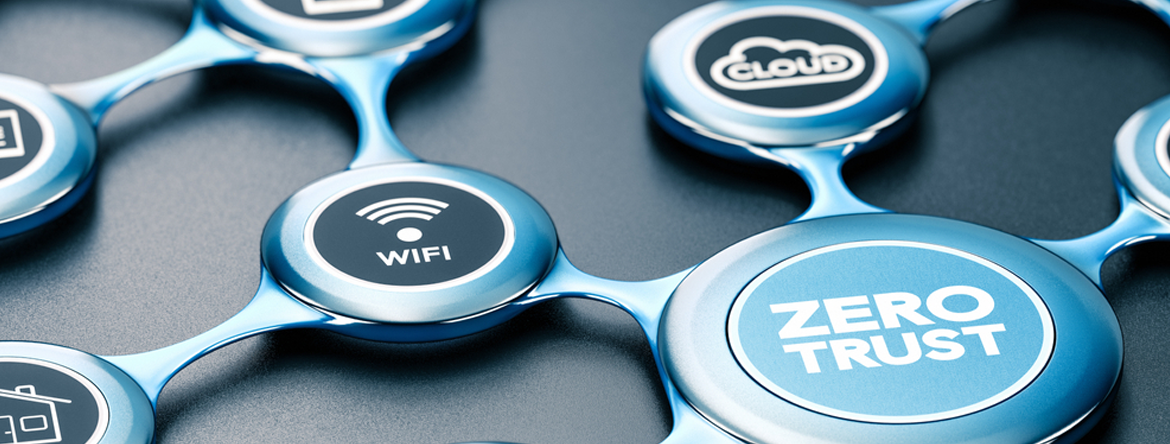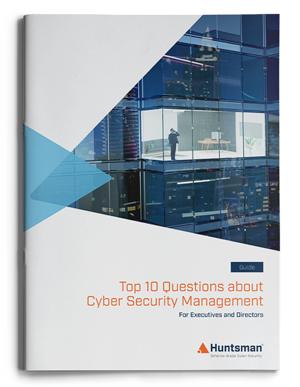A system to address the untrustworthy security environment
Zero trust approaches to security have been talked about for a while; but in recent times they have certainly gained more currency. As a model for protecting data and services, the simplicity of the concept is its biggest strength – assume, as a default position, there is no implicit security or trust in the environment, network or the perimeter itself. Protecting the data while minimising how users’ access and interact with it is important. So too, is the establishment and regular monitoring of the operation and effectiveness of security controls to detect and mitigate threats, misuse and attacks and improve security posture.
Forrester – a long-time advocate of this approach – define it in this way:
Zero Trust is an information security model that denies access to applications and data by default. Threat prevention is achieved by only granting access to networks and workloads utilizing policy informed by continuous, contextual, and risk-based verification across users and associated devices. Zero Trust advocates these three core principles: All entities are untrusted by default, least privilege access is enforced, and comprehensive security monitoring is implemented.
https://www.forrester.com/report/zero-trust-defined/RES178926
The high echelons of government have now recognised the importance of zero trust, with the US Cybersecurity and Infrastructure Security Agency (CISA) requiring/recommending it and the Executive Order from 12/5/2021 mandating it:
The Federal Government must adopt security best practices; advance toward Zero Trust Architecture; accelerate movement to secure cloud services, including Software as a Service (SaaS), Infrastructure as a Service (IaaS), and Platform as a Service (PaaS); centralize and streamline access to cybersecurity data to drive analytics for identifying and managing cybersecurity risks; and invest in both technology and personnel to match these modernization goals.
https://www.whitehouse.gov/briefing-room/presidential-actions/2021/05/12/executive-order-on-improving-the-nations-cybersecurity/
The development of pathways to zero trust
There is almost universal acknowledgement that the principles and practices of zero trust can reduce cyber security risk and improve organisational governance. The integration of the concepts and ideas that form the basis of zero trust are increasingly well articulated and understood.
In April 2023, for example, CISA released their latest Zero Trust Maturity Model (ZTMM) V2.0. It builds on NIST SP 800-207 Zero Trust Architecture, to provide examples of how organisations can progressively implement increasingly sophisticated zero trust architectures.
Key to this are 5 pillars or inter-dependant security elements:
- Identity
- Devices
- Networks
- Applications and workloads
- Data.
The model anticipates the phased maturity of each of the pillars (Traditional – Optimal) with increasing automation and inter-dependence of processes and systems within and, ultimately, across the pillars. It provides guidance for the progressive integration of activities across the pillars – the “3 cross-cutting capabilities” – Visibility and Analytics, Automation and Orchestration, and Governance, and specifies the progressive sophistication of each phase (Visibility and Analytics – Automation and Orchestration – Governance).
Zero trust in Europe
Recent Forrester research has shown (as reported here, and in its original form here) that two thirds of European security leaders have started down the zero trust path. Interestingly, those that have encountered security problems in the past appear the most likely to turn to zero trust to guide their future security and risk management efforts.
The adoption of zero trust, however, is not without its pitfalls. For example, the complexities of user and identity management and the need to monitor user activities, with a degree of granularity, can run counter to culture, privacy and employment principles in some jurisdictions.
Adopting zero trust doesn’t mean that you can dispense with conventional controls, it simply means that you can better protect your data, with them. Knowing the effectiveness of your security controls, and so the risk of their failure, will help inform the risk mitigation strategies and assist your cyber resilience efforts. This is not a dissimilar strategy to that taken by the ACSC in Australia when they launched their Essential Eight security framework to improve cyber resilience.
The monitoring challenge
Monitoring security within a zero trust framework can be complex and disruptive. There are numerous sources of activity data to collect and analyse. Even a simple activity on the system can result in a multiplicity of event logs for interpretation and response. The case for automated data-driven monitoring, analysis and reporting is clear.
Picking even simple use cases for security monitoring, such as tracking application use, could in some workplaces fall foul of employee rights to privacy. Security demands and HR issues rub up against one another. The security function, stripped of its reliance on network or perimeter logs, expects to gain adequate intelligence from end-point or application activity. At the same time, a user expects that they can carry out their duties without undue scrutiny or oversight.
Benefits of zero trust for the business
Aside from those sectors or industries where adoption is suggested, encouraged or even mandated, the question for the organisation (from the business to the technology teams) might be “what do you gain from all this?”.
There are a number of benefits, but primarily:
- It drives better visibility and assurance through the changed trust model from the less secure legacy approaches.
Monitoring might be hard to do and tricky to balance in reality, but it really does give better visibility of external threats and misuse, as well as a greater ability to understand and diagnose a problem, as it occurs. Having a data-driven and reliable source of security information on which to base your security decision-making, is fundamental to good governance and oversight.
- It allows the business more flexibility to operate the way it wants to.
COVID-19 led many companies to move their IT assets and systems into the cloud as they switched to home working. The tenets of zero trust as defined in NIST SP 800-207, with the presumption of no implicit security or trust in the environment, network or the perimeter, supports the security integrity of new or unmanaged endpoints, servers hosted in the cloud and internet-based applications. With the diminution of the security perimeter most business processes oriented around remote or hybrid working and cloud IT delivery need this flexibility which appears here to stay.
There are certainly challenges as organisations progress their zero trust maturity from a Traditional to Optimal state. But the benefits of more responsive cyber security architectures to meet the needs of the modern business operating in riskier threat environments are clear.
Zero trust also allows for a long overdue recalibration of cyber security theory and practice. By automating data-driven collection and analysis, cyber security stakeholders can visualise and integrate this dynamic security information into their risk management and governance decision-making.
 About Huntsman
About Huntsman


